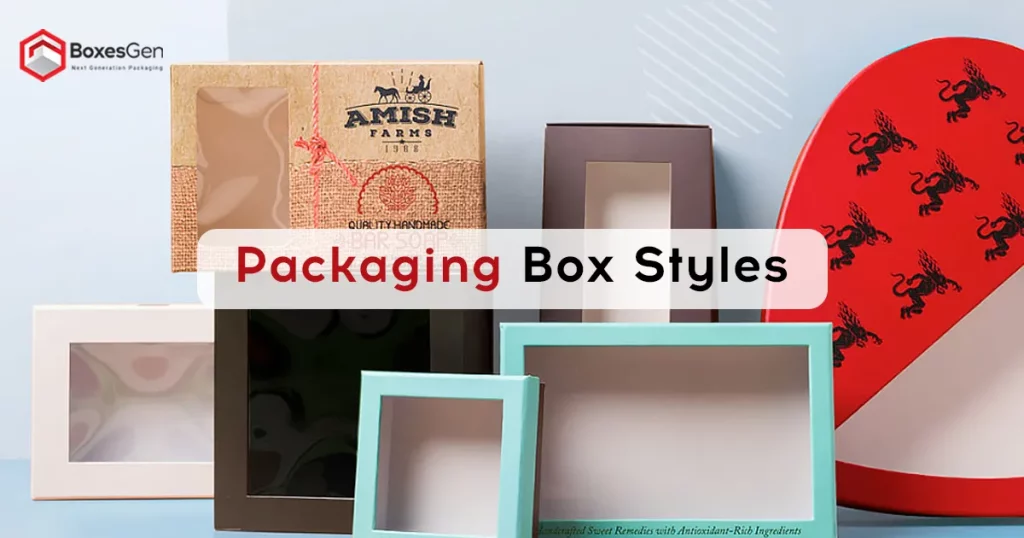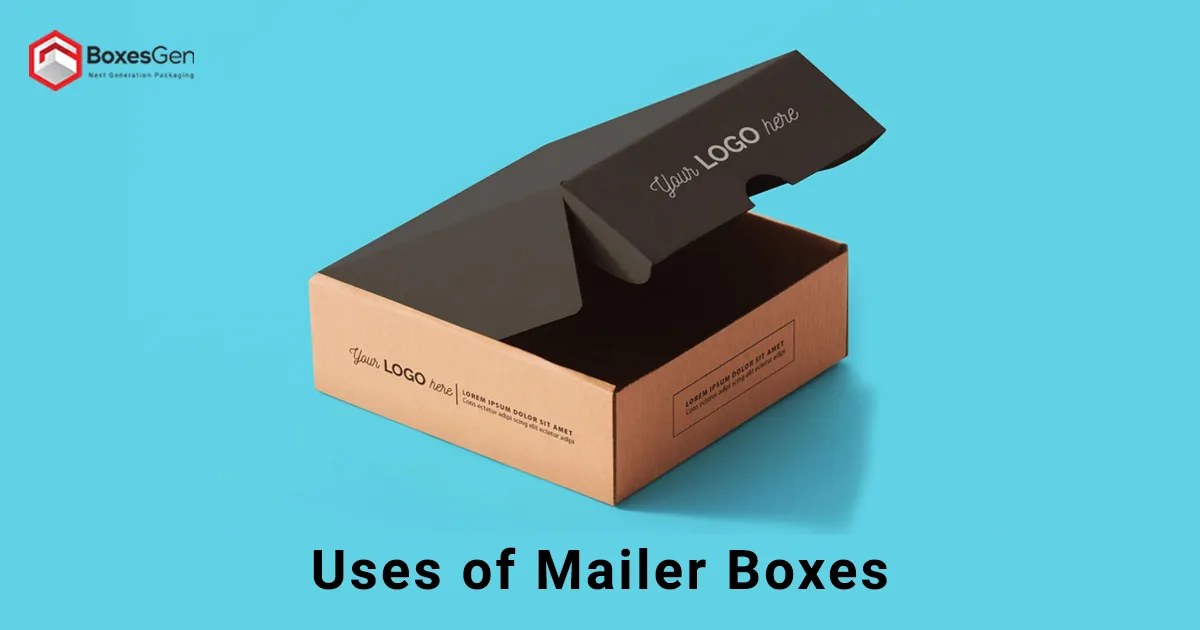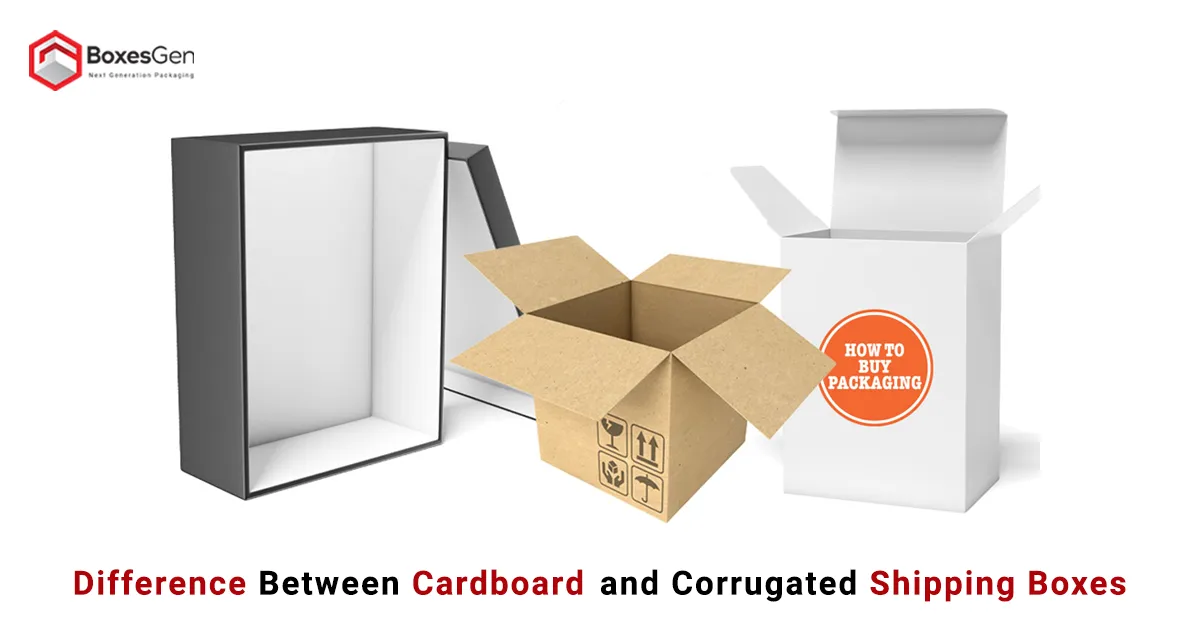Packaging Box Styles
Packaging is an essential element of product presentation and protection, with various box styles catering to different needs and industries. From the sturdy and luxurious rigid boxes to the practical and versatile mailer boxes, each style serves a specific purpose in the world of Custom Packaging. In this article, we will explore 20 different Packaging Box Styles, exploring their characteristics, applications, and advantages.
Mailer Boxes
Mailer Boxes, also known as shipping boxes, are designed for easy assembly and convenient shipping. Typically made from corrugated cardboard, these boxes are lightweight yet durable, ensuring the safe transportation of products. Mailer boxes are commonly used for e-commerce packaging due to their cost-effectiveness and customizable design options.
Rigid Boxes
In contrast to mailer boxes, Rigid Boxes are synonymous with luxury packaging. These boxes are characterized by their sturdy construction, making them ideal for high-end products such as jewelry, electronics, and cosmetics. Rigid boxes can be customized with various finishes, such as embossing, foil stamping, and spot UV, increasing the overall aesthetic appeal.
Lock Bottom Box
The lock bottom box, also known as a crash-lock bottom box, is designed for quick and easy assembly. With its secure locking mechanism at the bottom, this box style provides stability during transportation and storage. Lock bottom boxes are commonly used for Food Packaging items like cakes and pastries.
Display Boxes
Display boxes are crafted to showcase products attractively. These Custom Display Boxes often feature transparent window, allowing customers to see the product without opening the packaging. Display boxes are popular in retail settings, highlighting product visibility and increasing the likelihood of consumer engagement.
Paperboard
Paperboard is a versatile material used in various box styles. Its lightweight nature makes it suitable for packaging items such as cereal, cosmetics, and pharmaceuticals. Additionally, paperboard is often chosen for its eco-friendly attributes, contributing to the growing demand for sustainable packaging solutions.
Pillow Boxes
Pillow Boxes derive their name from their distinctive shape resembling a pillow. These boxes are often used for smaller, lightweight items like jewelry, candies, or small gifts. The unique design of pillow boxes not only adds charm but also provides an easy opening mechanism, making them popular in the retail industry.
Reverse Tuck Box
Reverse tuck boxes are characterized by their flaps that tuck in opposite directions. This Packaging Design ensures a secure closure while allowing for easy opening. Reverse tuck boxes are commonly used in the pharmaceutical and cosmetic industries, providing a practical and convenient packaging solution.
Custom Boxes
Custom boxes offer a high level of flexibility, allowing businesses to design packaging that perfectly suits their brand and product requirements. From size and shape to color and material, every aspect of custom boxes can be tailored to create a unique and memorable packaging experience for consumers.
Straight Tuck Box
Straight tuck boxes are designed for simplicity and ease of use. The top and bottom flaps tuck in the same direction, providing a clean and streamlined look. These boxes are commonly used for items like chocolates, candles, and cosmetics, where a sleek presentation is desired.
Two Piece Boxes
Two-piece boxes consist of a separate lid and base, allowing for a versatile and stylish packaging solution. These boxes are often used for luxury items such as apparel, electronics, and premium gift sets. The two-piece design offers a premium feel while providing ample space for branding and customization.
Box Sleeve
A box sleeve is an additional layer that slides over the main box, adding both aesthetic appeal and functional benefits. Box sleeves are commonly used for promotional packaging, limited edition releases, and gift sets. The sleeve provides an extra layer of protection while allowing for eye-catching graphics and branding.
Bubble Mailers
Bubble mailers combine the protective features of bubble wrap with the convenience of a mailer box. These padded envelopes are ideal for shipping delicate or fragile items, providing a cushioned layer to prevent damage during transit. Bubble mailers are commonly used in e-commerce for items like electronics, accessories, and small gadgets.
Collapsible Boxes
Collapsible boxes, also known as foldable boxes, are designed to be easily assembled and disassembled, saving space during storage and transportation. These collapsible rigid boxes are ideal for businesses looking to reduce packaging costs and environmental impact. Collapsible boxes are commonly used in industries such as apparel, home goods, and electronics.
Corrugated Boxes
Corrugated Boxes are crafted from layers of corrugated cardboard, providing strength and durability. This box style is widely used for shipping and packaging heavy or bulky items. Corrugated boxes come in various configurations, such as single-wall, double-wall, and triple-wall, offering different levels of protection based on the product’s requirements.
Corrugated Cardboard
Corrugated cardboard, with its unique structure of fluted layers between two flatliners, forms the backbone of many packaging solutions. It provides strength, rigidity, and cushioning, making it an ideal Materials / Packaging and labeling designed to protect goods during transit. Corrugated cardboard is widely used in the food and beverage, electronics, and automotive industries.
Cube Boxes
Cube boxes are characterized by their equal length, width, and height, forming a perfect cube shape. These Custom Cube Boxes are practical for packaging items of similar dimensions, optimizing space during storage and transportation. Cube boxes are commonly used for shipping small electronic devices, books, and office supplies.
Flexible Packaging
Flexible packaging includes materials like plastic films, pouches, and bags, providing a lightweight and adaptable solution for various products. This style is gaining popularity due to its convenience, cost-effectiveness, and reduced environmental impact. Flexible packaging is commonly used for snacks, pet food, and household products.
Hinged Lid Boxes
Hinged lid boxes, also known as cigar-style boxes, feature a connected lid that opens and closes like a book. This design adds an element of elegance and functionality, making it ideal for luxury items such as watches, jewelry, and high-end chocolates. Hinged lid boxes provide a premium unboxing experience for customers.
Telescope Boxes
Telescope boxes, also referred to as two-piece telescope boxes, consist of a separate lid that completely covers the base. This design adds an extra layer of protection and showcases the product when the box is opened. Telescope boxes are commonly used for premium electronics, cosmetics, and gift sets.
Book Boxes
Book boxes mimic the appearance of a hardcover book, adding a touch of sophistication to the packaging. These boxes are often used for special editions, book sets, or promotional packaging. Book boxes provide a unique and thematic presentation for products in the publishing and entertainment industries.
Cosmetic Boxes
Cosmetic Boxes are designed specifically for the beauty industry, offering a combination of elegance and functionality. These cosmetic boxes often feature custom inserts to securely hold beauty products in place. Cosmetic boxes are used for packaging items like makeup palettes, skincare sets, and fragrance collections.
Crash Bottom Box
The crash bottom box, also known as a snap-lock bottom box, is designed for quick assembly and stability. The bottom of the box snaps into place, providing a secure and durable packaging solution. This style is commonly used for heavy or fragile items.
Gable Boxes
Gable Boxes feature a unique design with a handle, resembling a small tote bag. These gable boxes are often used for Gift Packaging, party favors, and food items. The gable design adds a touch of charm and convenience to the packaging.
Conclusion
The world of types of packaging boxes is diverse and multifaceted, catering to the unique needs of various industries and products. Whether it is the sleek luxury of rigid boxes, the practicality of mailer boxes, or the creative charm of gable boxes, each style contributes to the overall packaging landscape. Understanding the characteristics and applications of these styles allows businesses to make informed decisions and create packaging that not only protects but also improves the appeal of their products.
Frequently Asked Questions
How Many Types of Packaging Boxes Are There?
There are numerous Types of Packaging Boxes, including corrugated boxes, rigid boxes, folding cartons, mailer boxes, and gable boxes.
What Is the Most Common Box Style?
The most common box style is the regular slotted container (RSC), known for its versatility and ease of assembly.
What Is an RSC Style Box?
RSC stands for regular slotted container, a popular box style characterized by flaps that meet at the center when folded.
What Are the Different Types of Packing Cartons?
Packing cartons encompass various types such as corrugated cartons, folding cartons, and rigid boxes.
What Are The 4 Levels of Packaging?
The four levels of packaging are primary, secondary, tertiary, and quaternary packaging, each serving distinct functions in the supply chain.
What Is Packaging Type?
Packaging type refers to the specific form or style of packaging, such as boxes, bags, or bottles.
What Are the Three 3 Types of Packaging?
The three main types of packaging are primary, secondary, and tertiary packaging, each playing a unique role in product protection and presentation.
What Are the Basics of Packaging?
The basics of packaging involve designing, producing, and utilizing materials to protect and present products efficiently.
What Is Box Used in Packaging?
A box used in packaging is a container designed to hold and protect products during storage, transport, and display.
What Is Box Packaging?
Box packaging refers to the use of boxes as containers for products, providing protection, and facilitating handling.
What Are the Six Areas of Packaging?
The six areas of packaging encompass design, materials, production, labeling, distribution, and sustainability.
What Are the Two Main Types of Packaging Materials?
The two main types of packaging materials are paper-based (cardboard, paperboard) and plastic-based (PET, HDPE).
What Is Packaging Design?
Packaging design involves creating visually appealing and functional packaging to enhance product presentation and brand identity.
Why Choose Box Packaging?
Box packaging is chosen for its versatility, durability, and ability to protect products, making it ideal for various industries.
What Is Primary Packing?
Primary packing refers to the packaging directly in contact with the product, ensuring its protection and preservation.
What Is The 5 Importance of Packaging?
The five importance of packaging include protection, marketing, convenience, information, and sustainability, contributing to a product’s success.
What Are Custom Packaging Boxes?
Custom packaging boxes are tailor-made containers designed to meet specific product requirements and branding needs.
What Is a Corrugated Box?
A corrugated box is made of corrugated cardboard, providing strength and durability, commonly used for shipping and storage.
What Is Box Vs. Carton?
A box and a carton are terms often used interchangeably; however, a box is a general term, while a carton typically refers to a folding carton.
What Is Flexible Packaging?
Flexible packaging involves materials like pouches and bags, offering versatility, lightweight, and space efficiency.
What Is Called Box?
A box is a container with six flat sides and typically square or rectangular in shape, used for storing, transporting, or displaying goods.
What Is Kraft Box Packaging?
Kraft box packaging involves using Kraft paper, known for its strength and eco-friendly nature, for creating boxes.
What Is a Commercial Box?
A commercial box is a standardized packaging solution commonly used for retail products, providing consistency in size and design.
What Is a Rigid Box?
A rigid box, also known as a set-up box, is a sturdy and high-quality packaging option with a non-collapsible structure.
What Is a Packing Strategy?
Packing strategy involves planning and organizing the placement of products within packaging to optimize space, minimize damage, and reduce costs.
What Is Secondary Packaging?
Secondary packaging refers to the additional layer of packaging outside the primary container, providing extra protection and branding opportunities.
What Is Primary & Secondary Packaging?
Primary packaging is the initial layer directly in contact with the product, while secondary packaging is the outer layer providing additional protection and marketing features.
What Is Modern Packaging Design?
Modern packaging design incorporates innovative materials, graphics, and sustainability practices to meet contemporary consumer expectations.
What Is 3D Packaging Design?
3D packaging design involves creating three-dimensional visual representations of packaging concepts for a more realistic and immersive preview.
What Is Packaging Study?
Packaging study involves researching and analyzing various aspects of packaging, including materials, design, and consumer preferences.
What Is Packaging Graphic?
Packaging graphic refers to the visual elements, such as logos and images, incorporated into packaging design to enhance branding and attract consumers.
What Is a Label Design?
Label design involves creating visually appealing and informative labels to be affixed to products, providing essential information and branding.
What Are the Five Steps of Packaging Design?
The five steps of packaging design include research, conceptualization, prototyping, testing, and final production, ensuring a comprehensive and effective design process.
What Is the Packaging Stage?
Packaging stage refers to the step in the production process where products are packed into their final packaging before distribution.
What Are The 7 Basic Steps to Packaging Design?
The seven basic steps to packaging design involve defining objectives, researching, conceptualizing, prototyping, testing, refining, and finalizing the design.
How Is Packaging Manufactured?
Packaging is manufactured through processes like printing, die-cutting, folding, gluing, and assembly, depending on the material and design.
What Material Is Packaging?
Packaging materials include a wide range of substances such as paper, cardboard, plastic, glass, and metal, chosen based on the product’s characteristics and requirements.
How Do You Make Easy Packaging?
Easy packaging is achieved through thoughtful design, utilizing user-friendly features, and ensuring simplicity in opening, closing, and handling.
How Do You Make Simple Packaging?
Simple packaging is created by minimizing design elements, using clean lines, and focusing on functionality, ensuring ease of use and a straightforward appearance.








